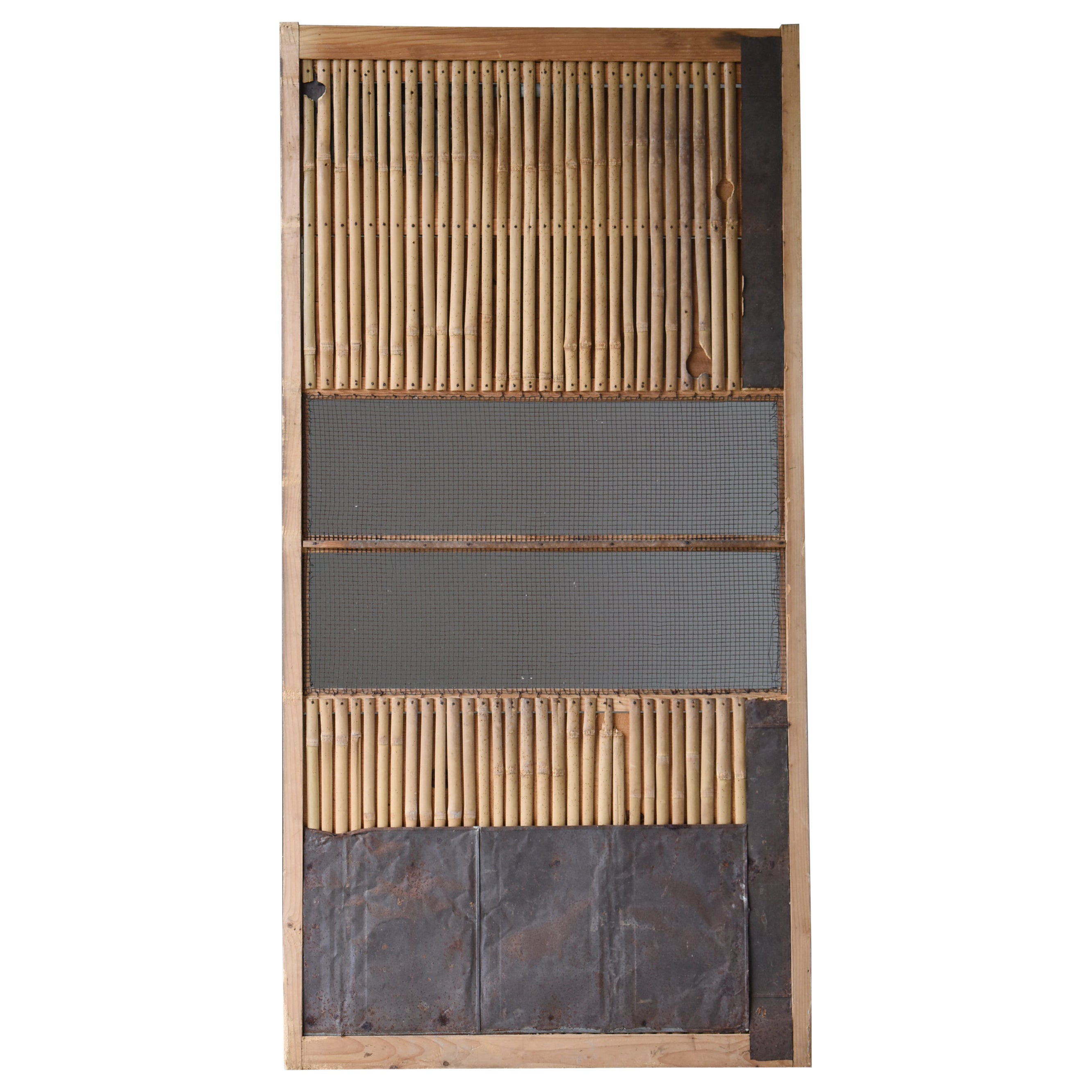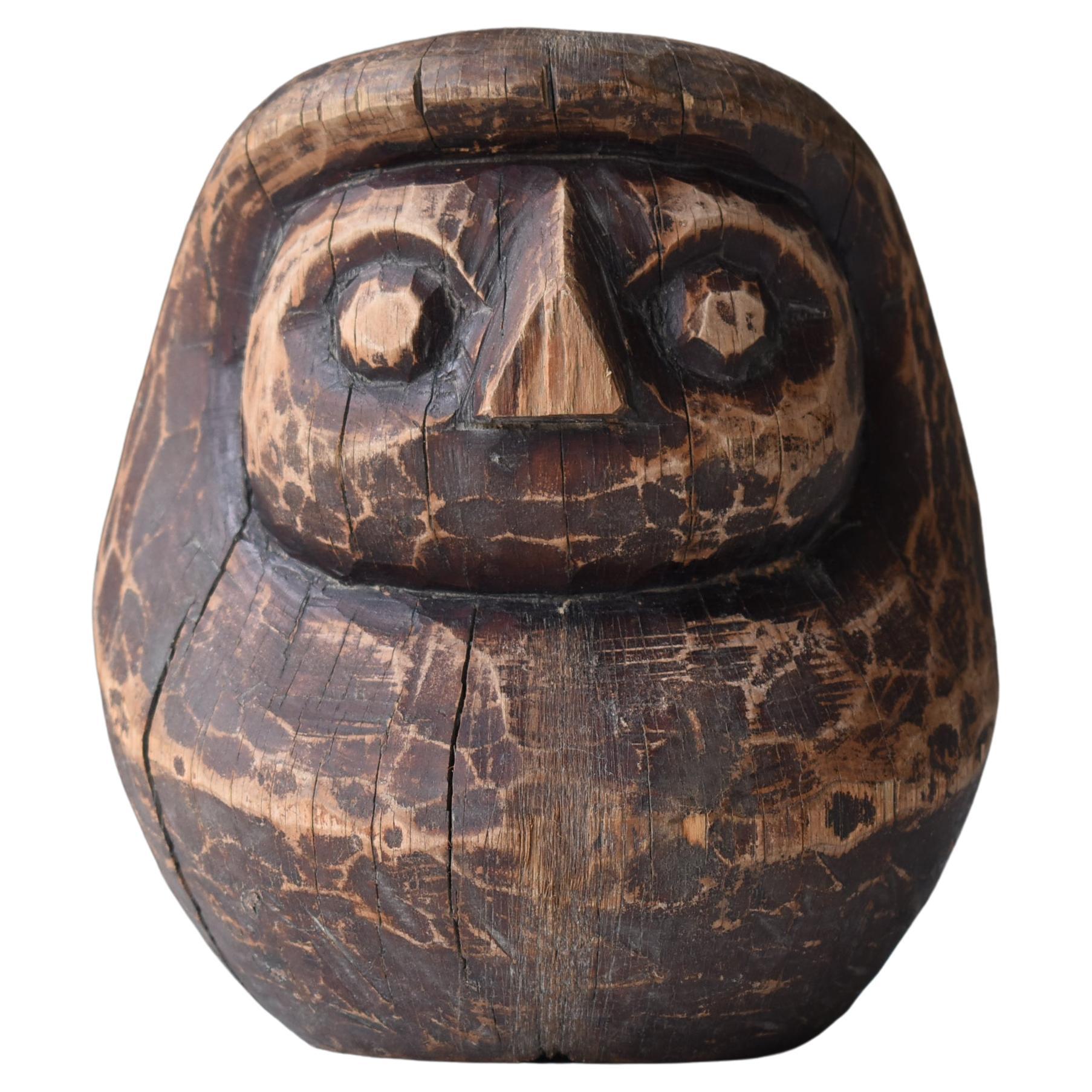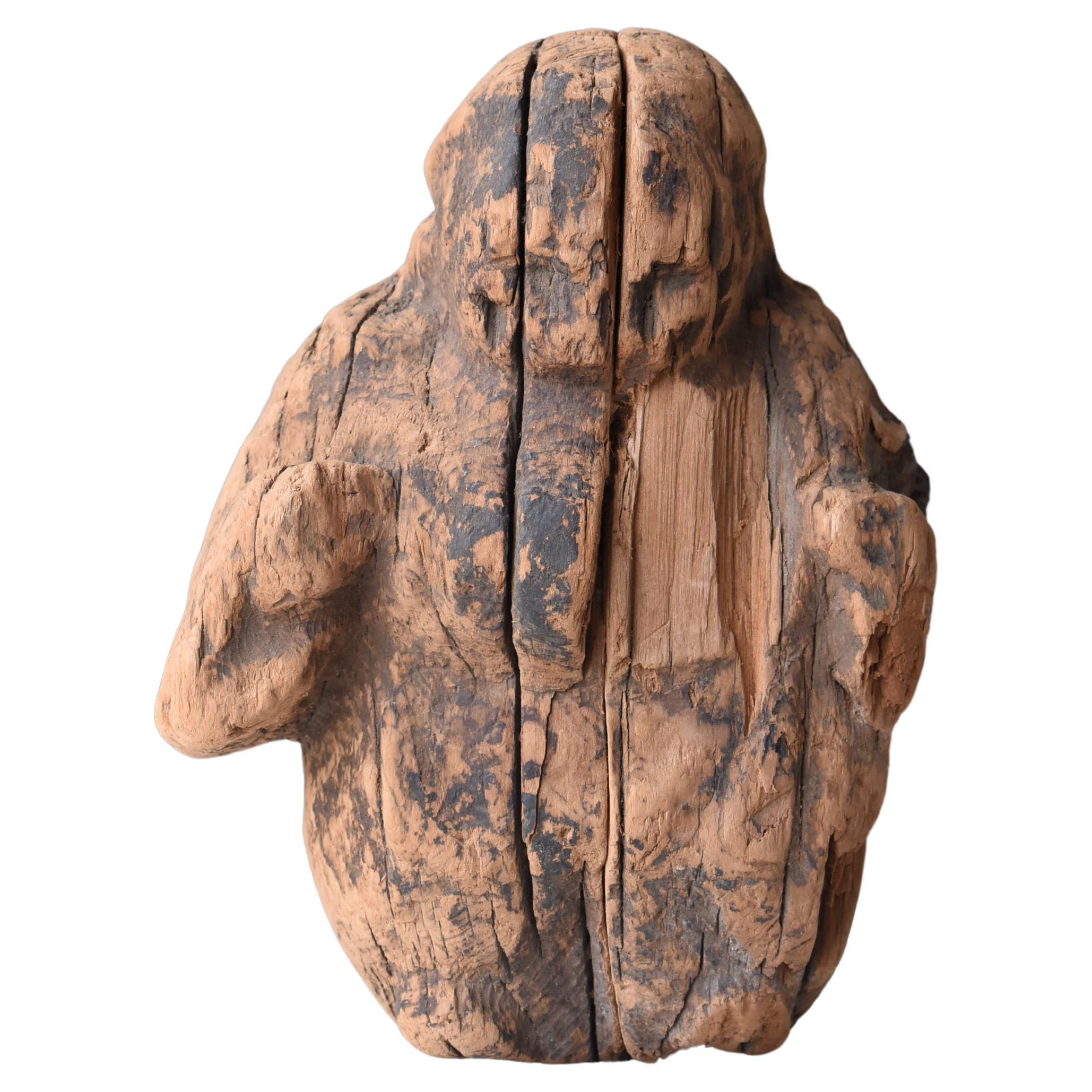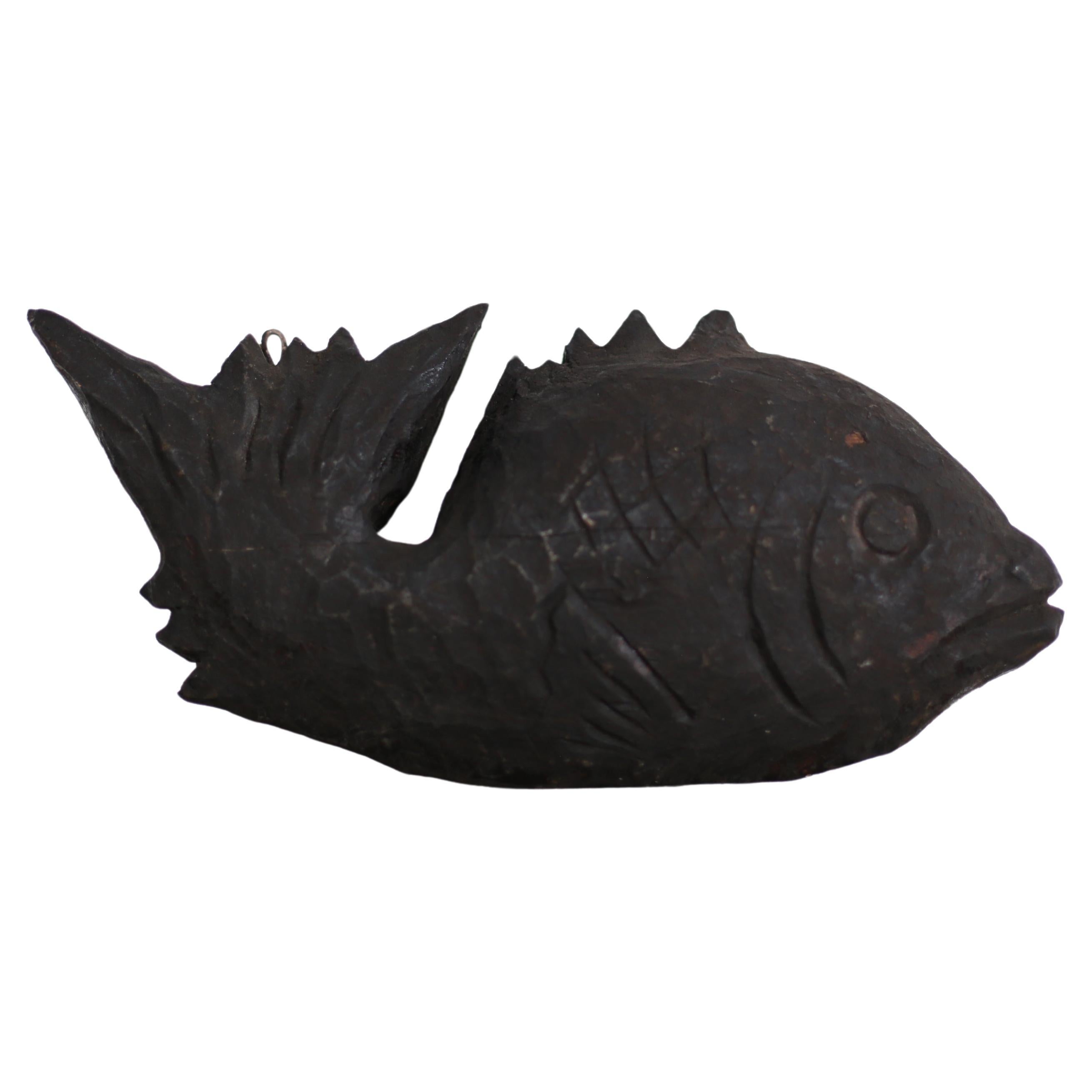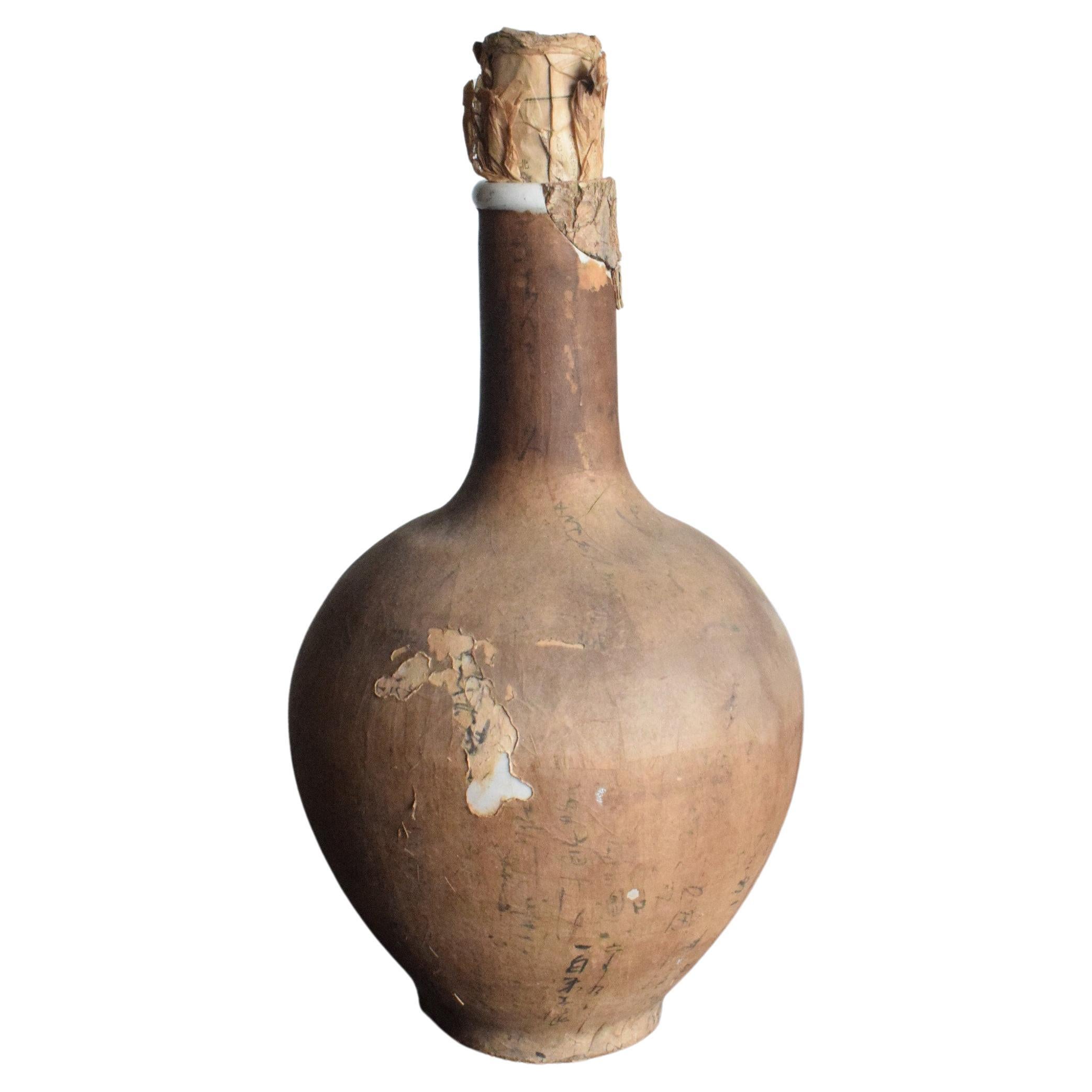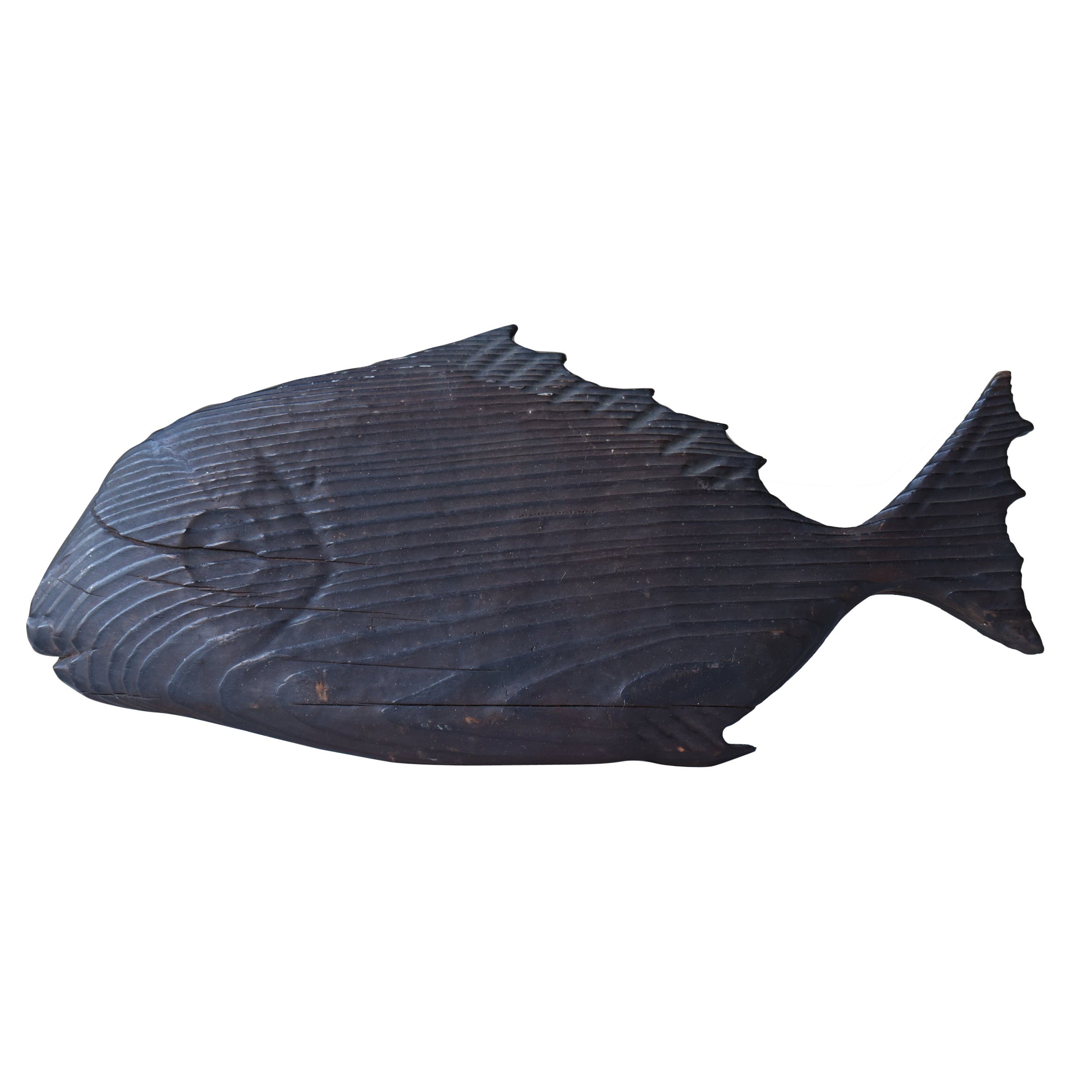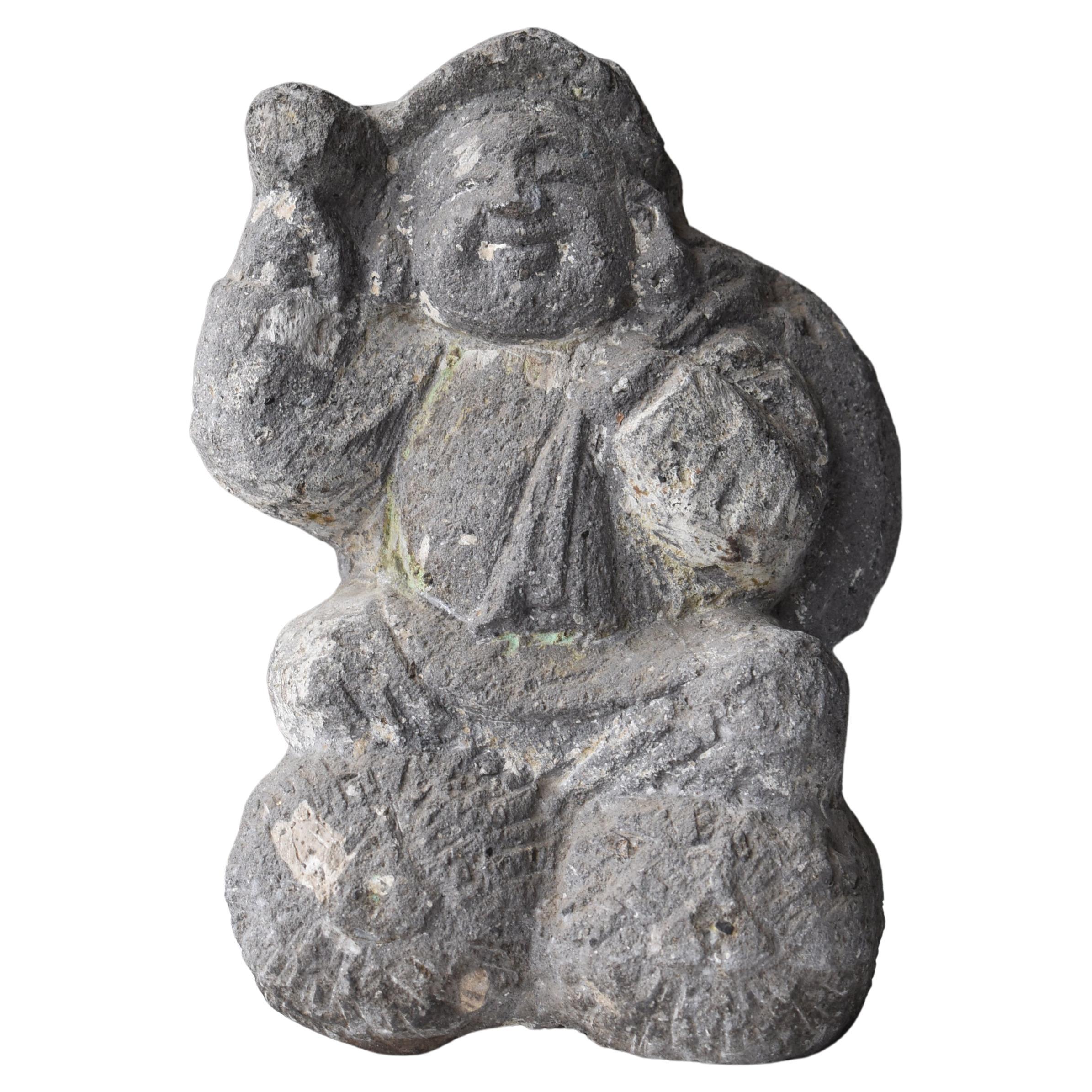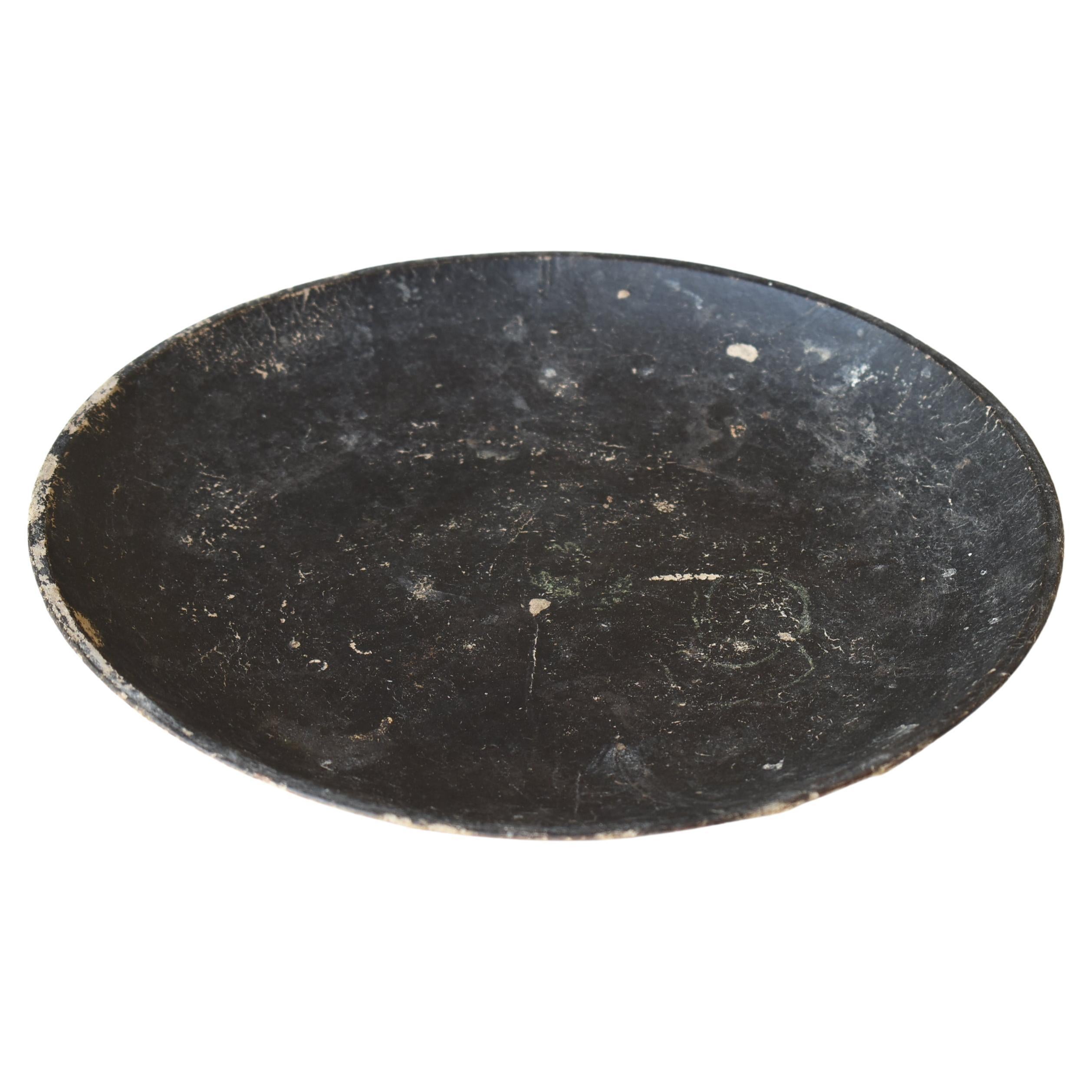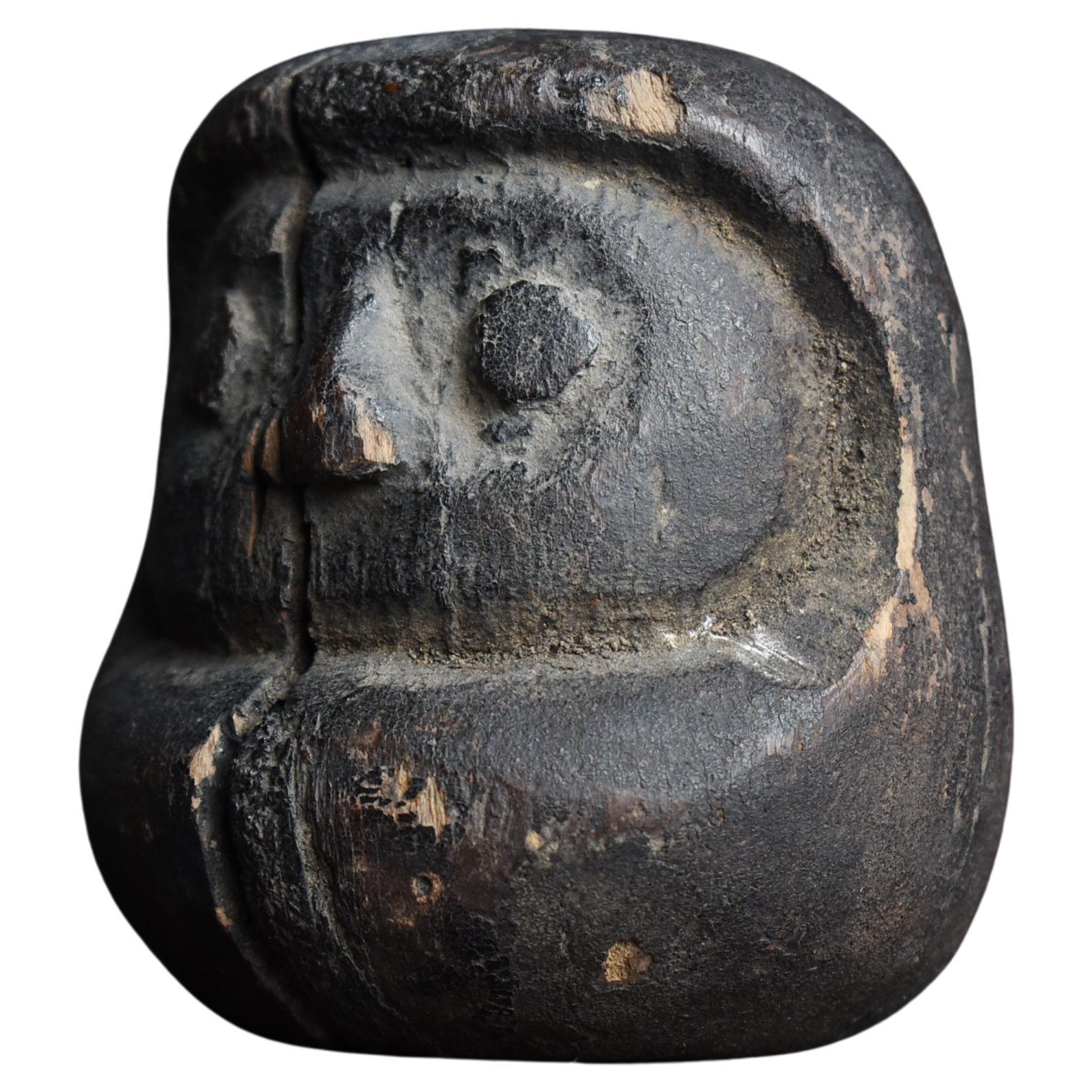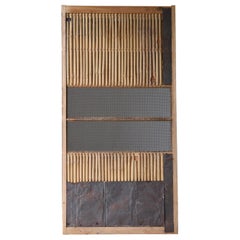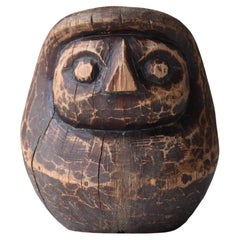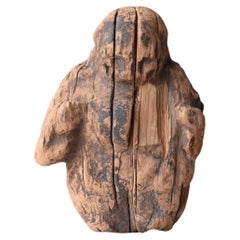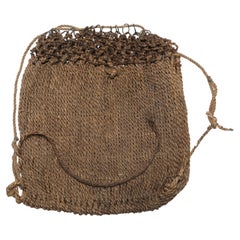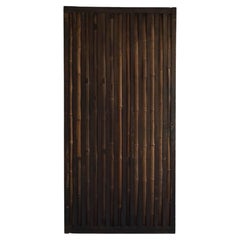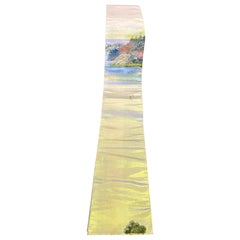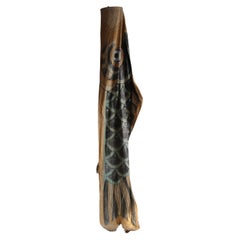
Japanese Antique Carp Streamer 1860s-1900s / Mingei Wabisabi Art
View Similar Items
Want more images or videos?
Request additional images or videos from the seller
1 of 12
Japanese Antique Carp Streamer 1860s-1900s / Mingei Wabisabi Art
About the Item
- Dimensions:Height: 28.75 in (73 cm)Width: 129.93 in (330 cm)Depth: 11.82 in (30 cm)
- Style:Meiji (Of the Period)
- Materials and Techniques:
- Place of Origin:
- Period:
- Date of Manufacture:1900
- Condition:
- Seller Location:Sammu-shi, JP
- Reference Number:1stDibs: LU5487228134852
About the Seller
5.0
Platinum Seller
These expertly vetted sellers are 1stDibs' most experienced sellers and are rated highest by our customers.
Established in 2015
1stDibs seller since 2020
1,105 sales on 1stDibs
Typical response time: 4 hours
More From This SellerView All
- Japanese Antique Wabisabi Sliding Door 1860s-1900s/Object Mingei ArtLocated in Sammu-shi, ChibaThis is a very old Japanese sliding door. It is from the Meiji period (1860s-1900s). It is made of cedar wood, bamboo, tin, and various other ma...Category
Early 20th Century Japanese Meiji Doors and Gates
MaterialsSteel
- Japanese Antique Wood Carving Daruma 1860s-1900s / Sculpture Mingei WabisabiLocated in Sammu-shi, ChibaVery old Japanese wooden Daruma doll. It was made during the Meiji period (1860s-1900s). The material is cedar wood. This wooden mould is the prototype of the Daruma doll. Many Daruma dolls were mass-produced using this wooden form...Category
Early 20th Century Japanese Meiji Sculptures and Carvings
MaterialsCedar
- Japanese Antique Wood Carving「Daikokuten」1860s-1900s / Figurine Mingei WabisabiLocated in Sammu-shi, ChibaThis is a very old Japanese wooden statue. It is from the Meiji era. (1860s-1900s). It appears to be made of cedar wood. It is called "Daikokut...Category
Early 20th Century Japanese Meiji Sculptures and Carvings
MaterialsCedar
- Japanese Antique Large Primitive Coffee Table 1860s-1900s / Mingei WabisabiLocated in Sammu-shi, ChibaVery old Japanese primitive large coffee table. The furniture is from the Meiji period (1860s-1900s). It is carved from a large zelkova tree. It is incredibly dynamic and has great...Category
Early 20th Century Japanese Meiji Coffee and Cocktail Tables
MaterialsWood
- Japanese Antique Wabisabi Drawer 1860s-1900s / Cabinet Storage Tansu MingeiLocated in Sammu-shi, ChibaIt is a very old Japanese drawer. It was built from the late Edo period to the Meiji period (1820-1912). It is furniture that was used in shops rather than being used in ordinary hom...Category
Antique 19th Century Japanese Meiji Commodes and Chests of Drawers
MaterialsCedar
- Japanese Antique Wabisabi Drawer 1860s-1900s / Cabinet Storage Tansu MingeiLocated in Sammu-shi, ChibaIt is a very old Japanese drawer. It was built from the late Edo period to the Meiji period (1820-1912). It is furniture that was used in shops rather than being used in ordinary hom...Category
Antique 19th Century Japanese Meiji Commodes and Chests of Drawers
MaterialsCedar
You May Also Like
- Japanese Mingei (Folk) Gathering BasketLocated in Santa Cruz, CAJapanese Mingei (Folk Art) Gathering Basket This hand made gathering basket is from Northern Japan. It was most likely a gathering basket. However, it could be utilized in different applications. It closes by pulling-up on the straps, and the 30 one-inch (in diameter) metal rings closes it. The heavy straps on the backside run all through the bottom, and perhaps, it was a backpack, as the heavy straps were designed for field or farm work. It is a Folk Art item in very good condition considering its use and age. Applications and Uses: Wall Art When it was photographed, very interesting shadpws appeared The top 4 inches is an unusual design of open-work, different from the main body. Dried Materials Knitting Basket...Category
Mid-20th Century Japanese Folk Art Textiles
MaterialsNatural Fiber
- Japanese Antique Sliding Door, Wabisabi Door, Object Mingei Art PanelLocated in Katori-Shi, 12This is a very old Japanese sliding door. It is a simple design that conveys the charm of the material. You can feel the world of wabi and sab...Category
Early 20th Century Meiji Doors and Gates
MaterialsWood
- Japanese, Signed Stamped Silk Obi Sash Belt with Temple Shrine, Mid-1900sLocated in Studio City, CAA wonderful handmade vintage silk obi sash / belt featuring a Japanese temple - purportedly Kiyomizu temple in Kyoto, among the forest trees. Signed a...Category
Mid-20th Century Japanese Showa Textiles
MaterialsSilk
- Japanese Antique Fukusa Textile Art Meiji PeriodLocated in Atlanta, GAA Japanese silk Fukusa panel circa late 19th-early 20th century of Meiji Period. The front was beautifully decorated with Yuzen-zome, a labor intensive resist-dye technique invested ...Category
Early 20th Century Japanese Japonisme Textiles
MaterialsSilk, Beads
- Japanese Antique Fusuka Textile Art Meiji PeriodLocated in Atlanta, GAA Japanese silk Fukusa panel circa late 19th-early 20th century of Meiji Period. The front was beautifully decorated with Yuzen-zome, a labor intensive resist-dye technique invested by an artist monk Miyazaki Yuzensai (1654 -1736) of Edo period. The auspicious composition features a group of red-crown cranes, the symbol of longevity. Three of them perch on the rock by the ocean (East Sea) an two of them are in flight. Additionally, two egrets frolic in the wave. Yuzen dying was used extensively to showcase the amazing details such as the waves and the gradual coloring effect. Embroidery was used sparsely to highlight areas such as the legs of the crane to render it more dimensional details. The piece has a red silk backing and still retains four blue tassels on corners as well as decorative stitches along the edges. Fukusa is a traditional Japanese textile...Category
Early 20th Century Japanese Japonisme Textiles
MaterialsBrocade, Silk
- Japanese Antique Fukusa Textile Art Meiji PeriodLocated in Atlanta, GAA Japanese silk Fukusa panel circa late 19th-early 20th century of Meiji Period. The front was beautifully decorated with Yuzen-zome, a labor intensive resist-dye technique invested by an artist monk Miyazaki Yuzensai (1654 -1736) of Edo period. The front cover likely depicts a scene from the Tale of Genji, showing a nobleman and his servant pays a visit to a lady in a fenced thatch-roof house under a high peak. The details of blossom trees and pines, as well as the characters, and scenery with a gradual color are astounding. It is telling that the Yuzen dying was used such an mastery. The piece has a red silk backing and still retains two red tassels on the lower corners as well as decorative stitches along the edges. There is a patched design on the back likely a Mon symbol (family crest). Fukusa is a traditional Japanese textile...Category
Early 20th Century Japanese Japonisme Textiles
MaterialsSilk
Recently Viewed
View AllMore Ways To Browse
Modern Times
Japanned Antique
Japaneses Antiques
Japan Antiques
Japanes Antiques
Japanese Antiques
Japan And Chinese Art
Japanese Cotton
Art Objects Big
Japanese Symbol
Ancient Japanese Furniture
Hang Up
Antique Hand Painted Japanese
Japan Hand Painted China
Japanese Hand Painted China
Ancient Asian Antiques
Japanese Dragon Art
Japanese Antique Painted China
